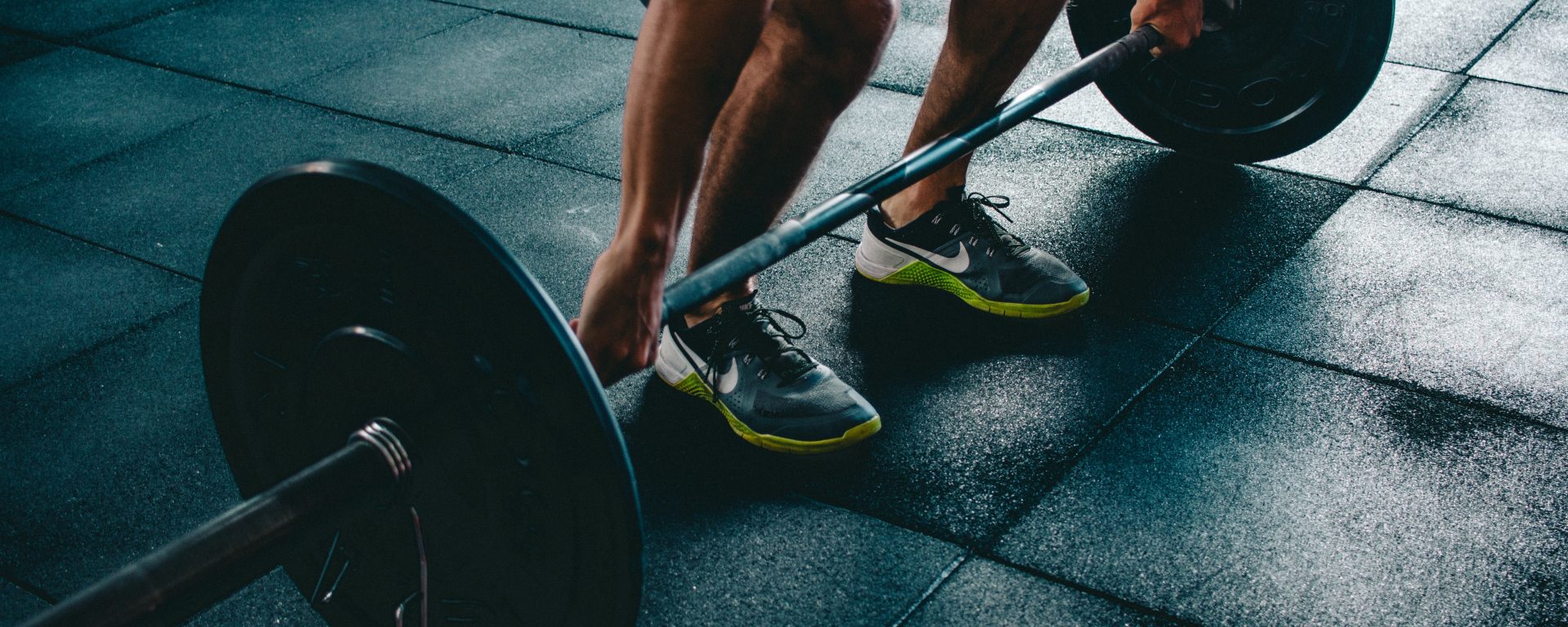In 2014, Adelsberger, et. al., conducted study about the effectiveness of warm-up and stretching routines in weight-lifting, particularly in relation to stability and balance during lifting, remains uncertain. In a recent pilot investigation conducted by Rolf Adelsberger and Gerhard Tröster, the impact of different warm-up and stretching routines on the center of pressure (CoP) during weight-lifting exercises was examined. The findings shed light on the potential benefits of stretching for enhancing stability and balance in weight-lifters.
Thirteen subjects were randomly assigned to one of two routines: a 10-minute stretching routine (SR) or a 10-minute warm-up routine (WR). Additionally, five participants served as controls and did not engage in any stretching or warm-up activities. The participants’ CoP was assessed using plantar-pressure sensors before and after performing individually assigned routines. The measurements were taken during 10 repetitions of various weight-lifting exercises, including air squat (AS), front squat (FS), overhead squat (OHS), and deadlift (DL). The mean and coefficient of variance (CV), representing stability and balance, were analyzed using repeated two-factor analysis of variances (ANOVA).
Following the stretching routine, SR athletes exhibited a shift in the mean CoP towards the toes during the air squat exercise (AS), while WR athletes shifted their CoP towards the heels. For the remaining exercises, SR athletes shifted their CoP towards the heels compared to WR athletes. Specifically, the shifts ranged from approximately 0.8 cm to 5.7 cm in FS, approximately 1.9 cm towards the heels in FS, with no significant change observed in OHS (approximately 1 mm) and DL (approximately 3 mm). Controls did not demonstrate any significant changes between pre- and post-routine measurements. The coefficient of variance (CV) decreased after stretching for AS and OHS exercises, indicating improved stability (AS: 10.2% to 7.0%; OHS: 9.8% to 7.8%). In contrast, the CV increased after the warm-up routine for AS (7.1% to 10.1%) or did not change significantly for OHS. Both WR and SR resulted in increased CV values for FS and DL exercises, suggesting diminished stability. The control group showed no significant changes in CV.
The results of this pilot investigation indicate that stretching exercises have a more pronounced impact on CoP during weight-lifting exercises compared to warm-up routines or no intervention. The decrease in CV observed after stretching exercises for AS and OHS exercises suggests a clear improvement in stability and balance during weight-lifting. However, the limited effect of a 10-minute warm-up routine on CoP features, particularly for complex movements like OHS, implies that stretching may be more efficient than a general warm-up routine for enhancing stability in weight-lifters. These findings underscore the potential benefits of incorporating stretching exercises into weight-lifting warm-up routines to optimize stability and balance during training sessions. Further research is warranted to validate and expand upon these preliminary findings.
Reference: Adelsberger, R., & Tröster, G. (2014). Effects of stretching and warm-up routines on stability and balance during weight-lifting: a pilot investigation. BMC research notes, 7(1), 1-8.
